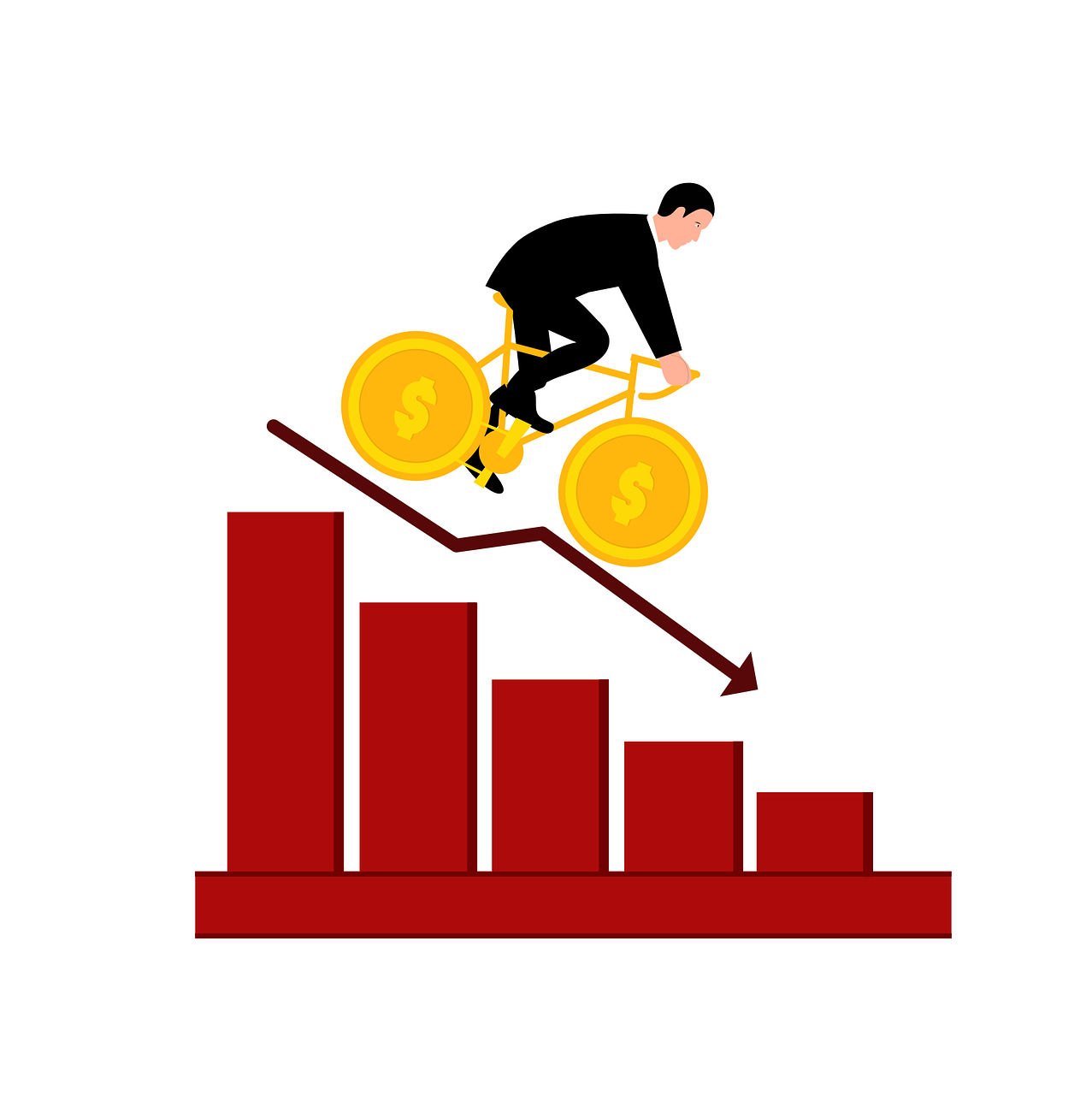The investor’s chief problem – and even his worst enemy – is likely to be himself.
- Benjamin Graham
Many investors are performance chasers, tending to buy (high) a fund after a period of good performance and tending to sell (low) after a period of poor performance. This results from the behavioral error known as recency bias – one of the 77 errors discussed in my book, Investment Mistakes Even Smart Investors Make and How to Avoid Them. Recency bias is the tendency to overweight recent events/trends, projecting them into the future, while ignoring long-term evidence.
Read more hedge fund letters here
 Buying after periods of strong performance (when valuations are higher and expected returns are now lower) and selling after periods of poor performance (when valuations are lower and expected returns are now higher) is not a prescription for successful investing. Yet, because of recency bias, it is the way many individuals invest. What disciplined investors do is the opposite – rebalance to maintain their well-thought-out allocation to risky assets.
Buying after periods of strong performance (when valuations are higher and expected returns are now lower) and selling after periods of poor performance (when valuations are lower and expected returns are now higher) is not a prescription for successful investing. Yet, because of recency bias, it is the way many individuals invest. What disciplined investors do is the opposite – rebalance to maintain their well-thought-out allocation to risky assets.
Sadly, while most investors consider three years a long time to judge performance, five years a very long time and 10 years an eternity, wise investors know that all risk assets go through even much longer periods of underperformance. Consider that the S&P 500 Index underperformed riskless one-month Treasury bills over the 13-year period ending 2012, the 15-year period ending 1943 and the 17-year period ending 1982. Of course, over the succeeding periods, stocks went on to produce spectacular returns – those that were earned only by staying the course.
The Stone Ridge Reinsurance Risk Premium Interval Fund (SRRIX) – one of the first ’40 Act funds providing access to the asset class of catastrophe reinsurance – provides a good case study. As an asset that is totally uncorrelated to the risks of traditional stocks and bonds, and with more than 150 years of providing a significant risk premium to investors, catastrophe reinsurance is an attractive asset class. The fund’s inception was December 9, 2013. In the first month, it lost 0.10%. Over the first three years, the fund returned 11.0% (2014), 7.90% (2015) and 6.38% (2016). Given that T-bill yields were virtually zero, the fund provided investors with a large risk premium. As you would expect given those returns, cash flows into the fund were strong – assets under management at SRRIX had grown from about $600 million at the end of 2013 to more than $4.2 billion at the end of 2016 and $5.7 billion at the end of 2017.
Read the full article here by Larry Swedroe, Advisor Perspectives.


